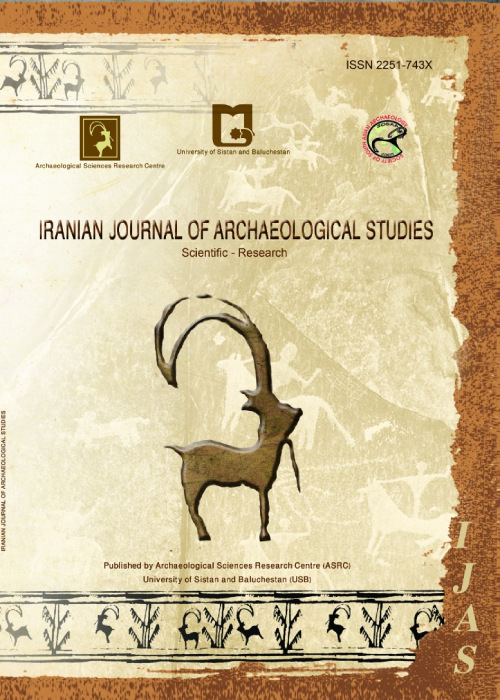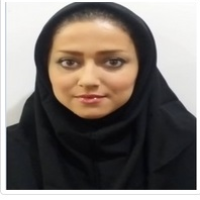Evaluating the Motifs and Pigments of the Charta Pictographs in Kuhdasht, Lorestan
Author(s):
Article Type:
Research/Original Article (دارای رتبه معتبر)
Abstract:
Rock arts, especially pictographs, feature peculiar characteristics in the history of Iranian art. Most scholars regard them as a form of visual art. Given the long history of representation in rock art spanning the Paleolithic period up to the present, they have been considered from various archeological, anthropological, artistic, symbolic, and historical and decorative arts perspectives to pin down their themes, meanings, and date. The present work examines a series of pictographs from the Kuhdasht region of Lorestan using a combination of field, laboratorial, and library research approaches. Notably, this is the very first study in Iran addressing the pigments of pictographs at a rock art site. A popular local tradition holds that the ancient artists used a mixture of blood, oak syrup, and soot to prepare the paint used at the site. Hence, the motifs, rock types, and pigments of the Charta region were analyzed to characterize their chemical composition and the elements constituting the pigments. To this end, a Dino Light digital loop microscope was used, and point tests and petrography were then carried out using scanning electron microscopy with energy dispersive X-ray spectroscopy (SEM-EDS). The elemental analyses revealed the nature of the red pigment. The motifs at Charta include representations of tools, geometric motifs, and human figures, portraying fighting or pre-fighting scenes. The chemical composition of the red pigment consisted of a high iron (Fe) content as well as smaller percentages of Ca, Mg, Al, and Si. The abundance of iron element detected in the elemental analysis of the specimen’s surface and the intensity of the peaks related to the composition of iron oxide in the FT-IR spectra might more strongly indicate the presence of these compounds in the pigment.Therefore, the pigments were mainly made of iron oxides, such as red ocher or hematite, magnetite, and magnesium. Thus, the artists invariably used highly durable and resilient mineral pigments, which based on the micrographs of the paint layer cross-sections were directly applied to the rock and, thus the absence of any sort of primer. No organic element was detected in the pigment composition.
Keywords:
Charta pictographs , Kuhdasht , Motifs , Petrography , SEM-EDS , FT-IR
Language:
English
Published:
Iranian Journal of Archaeological Studies, Volume:13 Issue: 1, Summer and Autumn 2023
Pages:
51 to 64
magiran.com/p2653204
دانلود و مطالعه متن این مقاله با یکی از روشهای زیر امکان پذیر است:
اشتراک شخصی
با عضویت و پرداخت آنلاین حق اشتراک یکساله به مبلغ 1,390,000ريال میتوانید 70 عنوان مطلب دانلود کنید!
اشتراک سازمانی
به کتابخانه دانشگاه یا محل کار خود پیشنهاد کنید تا اشتراک سازمانی این پایگاه را برای دسترسی نامحدود همه کاربران به متن مطالب تهیه نمایند!
توجه!
- حق عضویت دریافتی صرف حمایت از نشریات عضو و نگهداری، تکمیل و توسعه مگیران میشود.
- پرداخت حق اشتراک و دانلود مقالات اجازه بازنشر آن در سایر رسانههای چاپی و دیجیتال را به کاربر نمیدهد.
In order to view content subscription is required
Personal subscription
Subscribe magiran.com for 70 € euros via PayPal and download 70 articles during a year.
Organization subscription
Please contact us to subscribe your university or library for unlimited access!



